Apple reveals why it allowed the iPad to finally behave more like a Mac — and why it took so long
Apple exec explains why it took so long to bring desktop-style multitasking to iPad and what made this year different.

At WWDC 2025, Apple announced major changes to iPadOS 26, including a more desktop-style multitasking system that feels closer than ever to the Mac. This long-requested update brings overlapping windows, a visible menu bar, and better support for background tasks. But as Apple executives explained in a recent interview, the road to this moment was far from simple.
Speaking with Ars Technica, Craig Federighi, Apple’s Senior Vice President of Software Engineering, acknowledged that the new interface may seem obvious now, but the company had its reasons for holding off. Early iPads lacked the processing power, memory, and responsiveness to support true multitasking. That limitation shaped how Apple designed iPadOS for years.
If you touch the screen and something doesn’t move immediately, it breaks the experience.
— Craig Federighi, Senior VP of Software Engineering, Apple
In addition to hardware constraints, many iPad and iPhone apps weren’t built to adapt to different screen sizes or be resized like desktop apps. So while users asked for more flexibility, the software and hardware both needed to evolve.
That evolution eventually came. With Apple’s newer chips powering the iPad Pro and accessories like trackpads and keyboards becoming more common, Apple began to shift its focus. According to Federighi, "the stars kind of aligned" to allow iPads to do more of what users typically expect from a Mac, while still staying true to the iPad’s identity.
This isn’t Apple’s first attempt at improving multitasking. Stage Manager, introduced in iPadOS 16, was a step in that direction but came with limitations. It only worked on newer models and had performance issues that led to delays. Apple now admits it didn’t want to create a watered-down version of Stage Manager for older devices. This time, the company chose a different strategy: offering the full experience where possible, and a modified one elsewhere.

Thanks to behind-the-scenes improvements to how the system handles windows and background tasks, the new multitasking model in iPadOS 26 works on a wider range of iPads, though high-end models will still perform better.
Still, Apple maintains that the iPad and Mac serve different purposes. That means no touchscreens for the Mac, and some Mac features that remain out of reach for iPad users.
Where it makes sense, use a converged design, but where it doesn’t, iPad’s gonna be iPad.
— Craig Federighi, Senior VP of Software Engineering, Apple
While some limitations remain—such as restrictions on certain background tasks—iPadOS 26 seems like a step in the right direction. It gives power users more tools without forcing changes on those who prefer the simple, one-app-at-a-time tablet experience.
In my opinion, iPad OS 26 has been a pivotal point for those of us who enjoy working out of a mobile, less convoluted, operating system. I have been trying my hand at doing my day to day job (writing for PhoneArena) out of my 11" M4 iPad Pro, a failed experiment I tried once last year, and so far it's been great. I know at some point I'll be running into some roadblocks, but learning how to get around them and developing new workflows is part of the fun. Hopefully as iPad OS 26 progresses and comes out of beta, there will be less bugs and things will become stable to make my iPad worthy of the title "computer."
Follow us on Google News


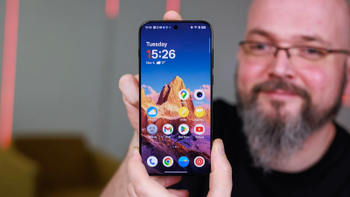


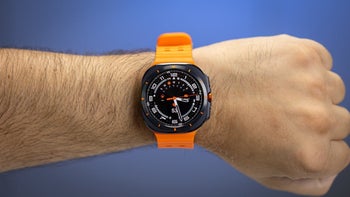
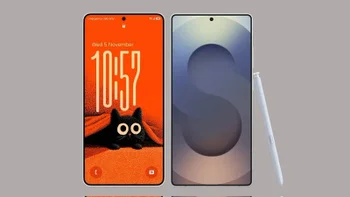

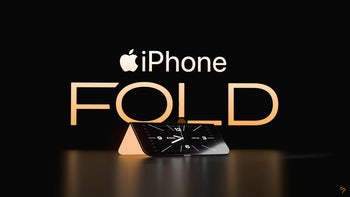
![A new Android bug is making it impossible to install new apps. Are you affected? [UPDATE]](https://m-cdn.phonearena.com/images/article/176703-wide-two_350/A-new-Android-bug-is-making-it-impossible-to-install-new-apps.-Are-you-affected-UPDATE.webp)

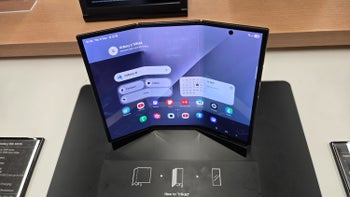
Things that are NOT allowed:
To help keep our community safe and free from spam, we apply temporary limits to newly created accounts: